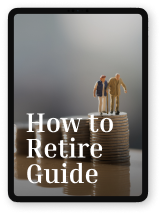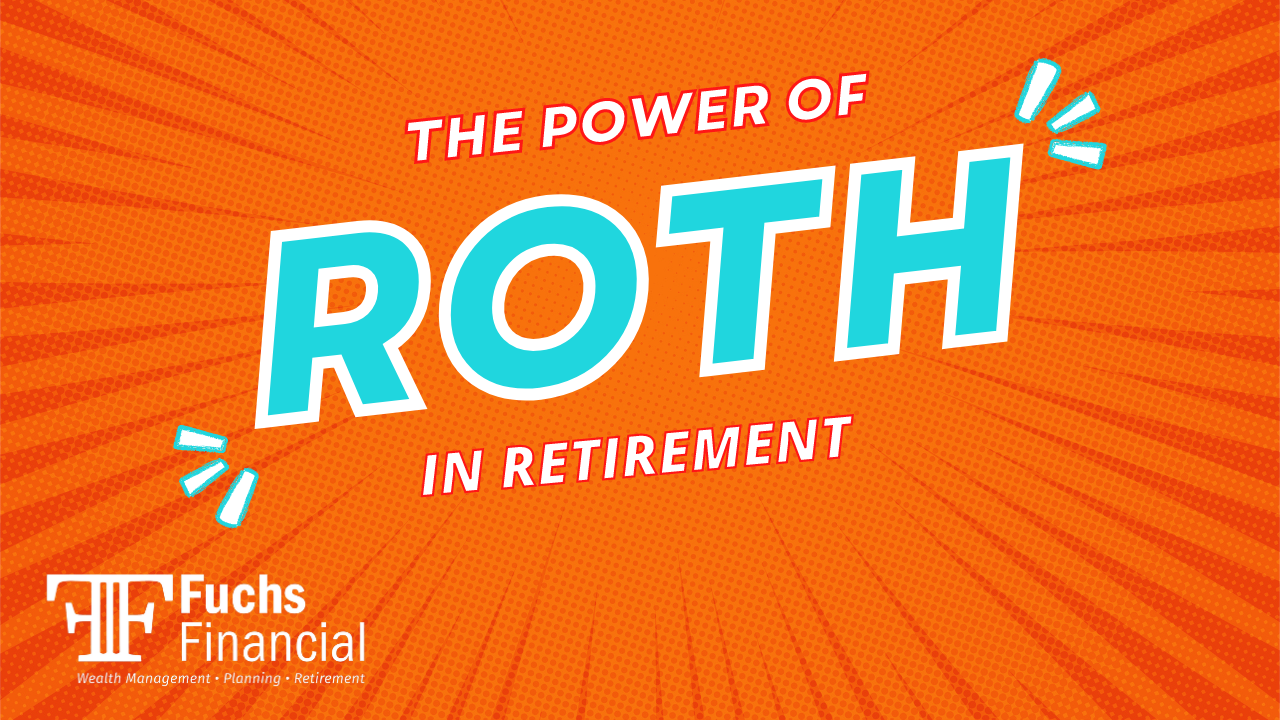Retirement Options for the Self-Employed
This past year highlighted small businesses more than any other. The impact from a struggling economy has not gone unnoticed and the support from local shoppers has made the difference between open and closed for many small business owners. If you own a small business, one thing is certain, the responsibility of retirement planning is square on your shoulders.
Unlike an employee who may have access to a 401(k), you’re on your own so you want to put the right plan in place. First, establish your goals for your retirement savings, then work through the options for how to build your savings.
Traditional or Roth IRA – This option is best for anyone just starting out. If you’re leaving a job to start a business, you can also roll your old 401(k) into an IRA. The contribution limit is $6,000 in 2020 and 2021 ($7,000 if age 50 or older). The tax advantage of this option includes either tax deduction on contributions to a traditional IRA or no immediate deduction for Roth IRA, but withdrawals in retirement are tax-free.
Solo 401(k) – This choice is good for a business owner or self-employed person with no employees (except a spouse, if applicable). The contribution limit is up to $58,000 in 2021 up from $57,000 in 2020 (plus a $6,000 catch-up contribution for those 50 or older) or 100% of earned income, whichever is less. The tax advantage of this choice is that the plan works just like a standard, employer-offered 401(k): You make contributions pre-tax, and distributions after age 59½ are taxed.
SEP IRA – Consider this option if you’re self-employed or a small business owner with no or few employees. The contribution limit: The lesser of $58,000 in 2021 ($57,000 in 2020) or up to 25% of compensation or net self-employment earnings, with a $285,000 limit on compensation that can be used to factor the contribution. The tax advantage to be found is that you can deduct the lesser of your contributions or 25% of net self-employment earnings or compensation—limited to that $285,000 cap per employee in 2020—on your tax return. Distributions in retirement are taxed as income.
SIMPLE IRA – This choice is best for larger businesses with up to 100 employees. The contribution limit is up to $13,500 in 2020 and 2021 (plus catch-up contribution of $3,000 if 50 or older). If you also contribute to an employer plan, the total of all contributions can’t exceed $19,500. The tax advantage for this choice is contributions are deductible, but distributions in retirement are taxed. Contributions made to employee accounts are deductible as a business expense.
Defined Benefit Plan – A good option for a self-employed person with no employees, has a high income, and wants to save a lot for retirement on an ongoing basis. The contribution limit is calculated based on the benefit you’ll receive at retirement, your age and expected investment returns. The tax advantage: contributions are generally tax deductible, and distributions in retirement are taxed as income. An actuary must figure your deduction limit, which adds an administrative layer.
Small business owners have a lot to manage, so you need a partner that can take the burden of managing your savings plan off your shoulders. Contact us and let us guide you in finding the plan that will be best for you in 2021 and forward.
https://www.nerdwallet.com/article/investing/retirement-plans-self-employed















